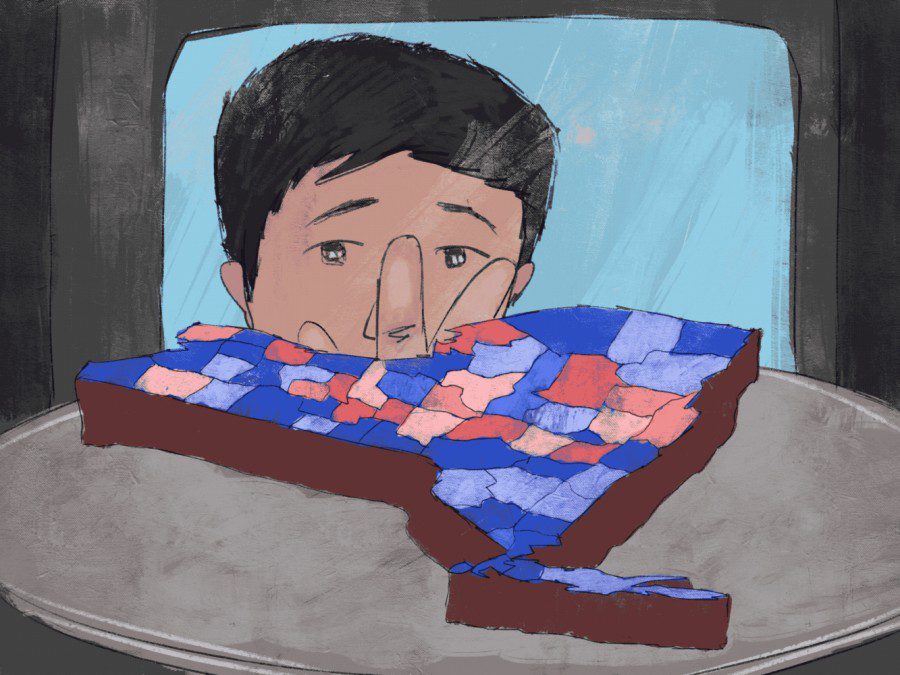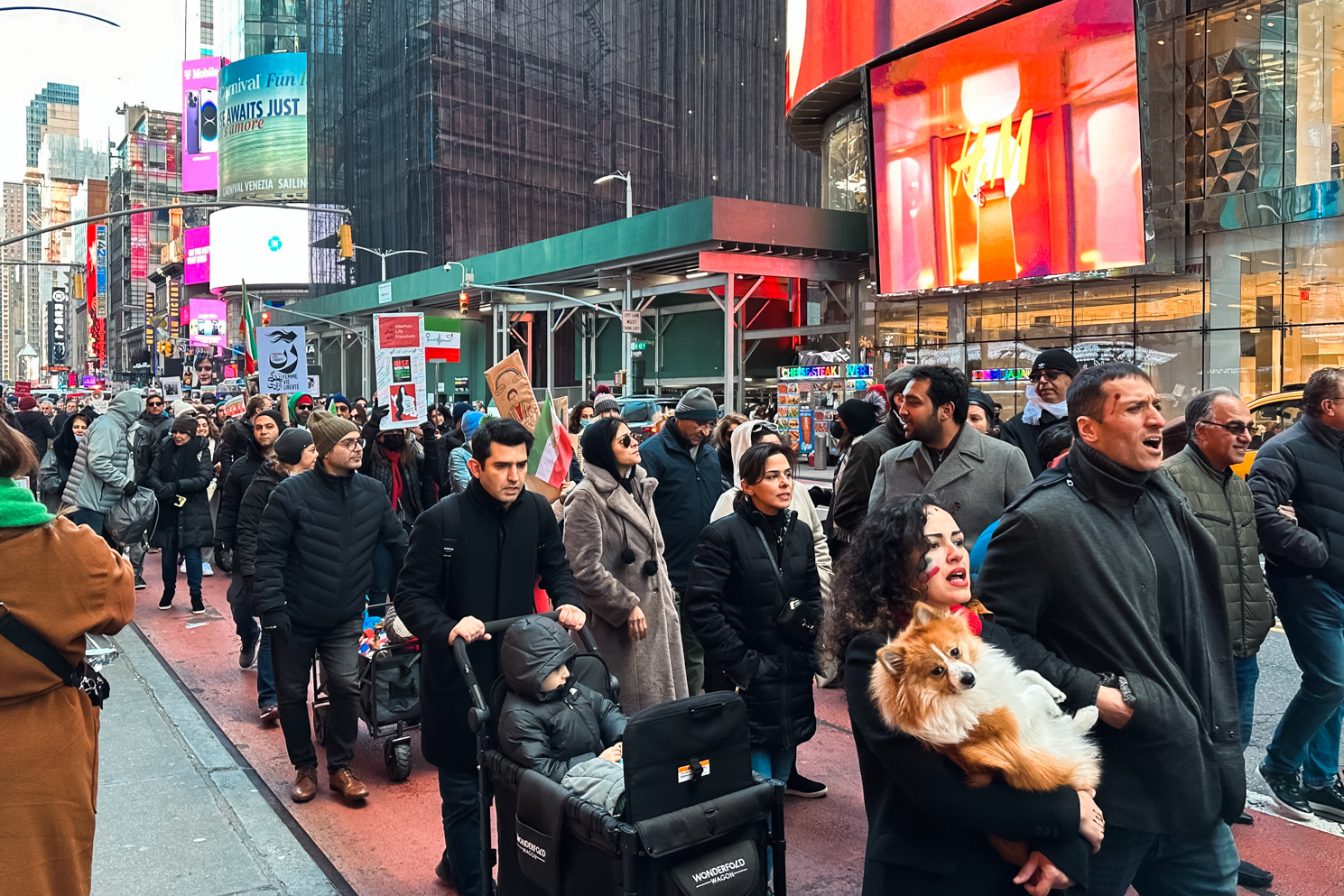If you’re one of those people who says, “My vote doesn’t count in New York,” consider yourself wrong. It seems as the dust settles from this year’s midterm elections, New York is home to more than a few of the most decisive and loud victories of the Republicans in the elections. I would even go so far as to say that the biggest reason is just the Republicans again won the majority in the US House of Representatives was because of their great showing in the Empire State.
Republicans won all four congressional seats on Long Island, two of three seats in the Hudson Valley and a crucial district in central New York. In total, Republicans flipped four seats in the 3rd, 4th, 17th and 19th congressional districts and easily held others that Democrats thought would be easy to win.
This was the result not a wider result throughout the country. Republicans failed to flip the Senate, which appeared to be a fair draw ahead of Election Day, and narrowly swept the House – which was predicted to be an easy capture. So why was New York different? What about the four districts that Republicans flipped across the state?
I previously argued for WSN that New York would before a redder future. Voters in suburban Long Island and the Hudson Valley were primarily concerned about inflation and crime, which are cornerstones of the Republican platform in the state. This strategy has proven to be very effective, especially in the densely populated inner suburbs of New York Orthodox Jewish voters came out en masse for the Republicans.
That voting bloc was the driving force behind GOP Congressman-elect Anthony D’Esposito’s surprise victory after a tight race for the 4th District, which covers the five-city Jewish enclave. A former police officer and detective with the New York Police Department, D’Esposito reassured the electorate, focusing his campaign on crime prevention. D’Esposito won the district which Biden retained 14 percentage points in 2020.
Congressman-elect Mike Lawler scored a similarly shocking victory in the 17th Congressional District, which boasts a large ultra-Orthodox Jewish community in Rockland County. He won by a small margin Sean Patrick Maloney, chairman of the Democratic Party’s Congressional Election Committee, who served five consecutive terms. Maloney’s loss was such a profound disappointment to the state’s Democratic establishment that even warranted its own category of news in The New York Times interim coverage.
Lawler repeatedly insulted Maloney for to be out of touch with the general public, accusing him of being part of a political machine that doesn’t care about voters struggling to pay their expensive bills. But the recognition of the Democratic administration of the state as incompetent was not a problem for the Republicans. Those in heavily Democratic districts had to work on a more centrist platform to capture the slim advantages that gave them victories. In a calculated move, Lawler distanced himself from Jan. 6 those who rejected the uprisinggaining more support from independents and moderates.
For state Democrats, abysmal showings in the midterms have dampened celebrations of positive results across the country. In an interview with The New York Times, Congresswoman Alexandria Ocasio-Cortez mentioned “big money” and “old-school, calcified machine-style politics» as reasons why voters were not enthusiastic about the Democratic candidates in the run-up to the election. Although she won her race handily, Acacia-Cortez’s message about the statewide campaign effort mirrors comments Lawler and other Republicans made during their campaigns.
If the Democrats want to wield a significant amount of influence and power in New York State, they must agree on a single platform that they can not only use, but embrace. Republicans, from failed gubernatorial candidate and former congressional candidate Lee Zeldin to the state assembly, have firmly defended their message of economic restructuring and security, helping to overcome weak results in other regions of the United States.
So are the Republicans once again the party of the suburban middle and working class in New York? The polls show that, but it’s not too late for Democrats to reverse that message. Intermediate often not in favor of the party in power, and they certainly did for the Democrats. Outside of a strong Republican campaign, the Democratic emphasis on abortion rights has not been an effective platform in a state that has enshrined legal access statewide.
The midterm elections should serve as a lesson for Democratic politicians if they want to undo their message. They need to act on their promises of sensible gun laws. They also need to mobilize a large number of young people near New York. Only about 27% of 18- to 29-year-olds are eligible voted in the midterm elections, a demographic group that votes far more heavily Democratic in New York. Only at NYU not even half of the eligible students voting is planned before election day.
New York is becoming increasingly partisan, a trend that looks set to intensify as Republicans and Democrats battle it out in a divided Congress. Inside the state, Gov. Kathy Hachul will have to manage a fractured Democratic Party while trying to please a growing Republican electorate. Only the future will tell if she and the Democratic Party can bring partisanship to Albany, or if her policies will further fracture the losing party.
The Opinion section of WSN aims to publish ideas worthy of discussion. The opinions presented in the Opinion section are solely those of the writer.
Contact Blake Salezin at opinion@nyunews.com.
This story Opinion: A red wave has indeed hit New York. Is this the new normal? first appeared on Washington Square News.







